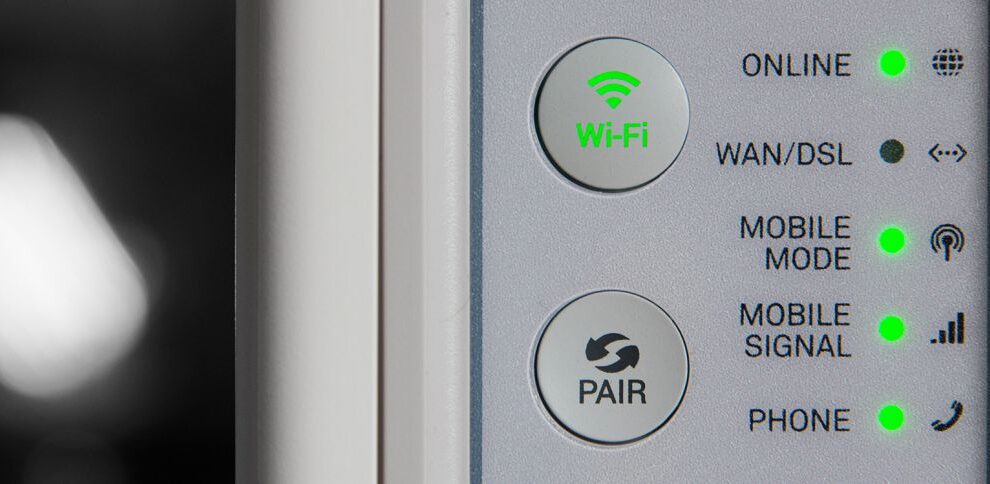Internet of Things, a rush for convenience, is an ecosystem of devices, between which data can be shared privately.
Remember those unbelievable ideas of a smart home? Guess what, it is now a reality.
Imagine laying down on your bed and wanting to turn the AC on, but the only thing within hand reach are your laptop and your smartphone. Would you believe you can not only turn the AC on but also your music player, television and digital clocks?
This article also explains the effective device management which is critical to establishing and maintaining the connectivity and security of IoT devices.
Connect your devices only if you need to
Just because your TV or refrigerator can connect to the network, doesn’t mean it should. Priority needs to be maintained for a clutter free network.
Establish a unique network
Most Wi-Fi connections support guest-networking, which may give access of your data to unwanted visitors. It is highly recommended that you connect your personal devices on a private network.
Pick strong passwords
Hackers always try to find their ways into your network. However, even if a hacker gains access to your network, he would still have to get through each device’s password in order to access the data.
Turn off UPnP
UPnP, abbreviated for Universal Plug and Play, is an option that makes the devices on your network discoverable automatically. The issue here is, this makes your devices vulnerable to hackers. Thus, it is a safe bet to turn this option off in your network.
Ensure latest firmware
If your network isn’t updated regularly, hackers will find vulnerabilities within it and inevitably garner access to it.
Be wary of cloud services
If your network is over-dependent of cloud services, it makes the setup functional with the condition of a working internet connection.
Keep work devices out of the personal space
This is a very simple one. It is best not to jumble up devices within your office and personal IoT. You wouldn’t want your embarrassing pictures to show up during a presentation.
Track data usage and assess devices
Refers back to the first point. Data usage and security needs to be regularly assessed to maintain a fixed device priority level.
More often than not, privacy and safety is an afterthought. Keep in mind, just because it works doesn’t mean it is immune to breach of privacy.






